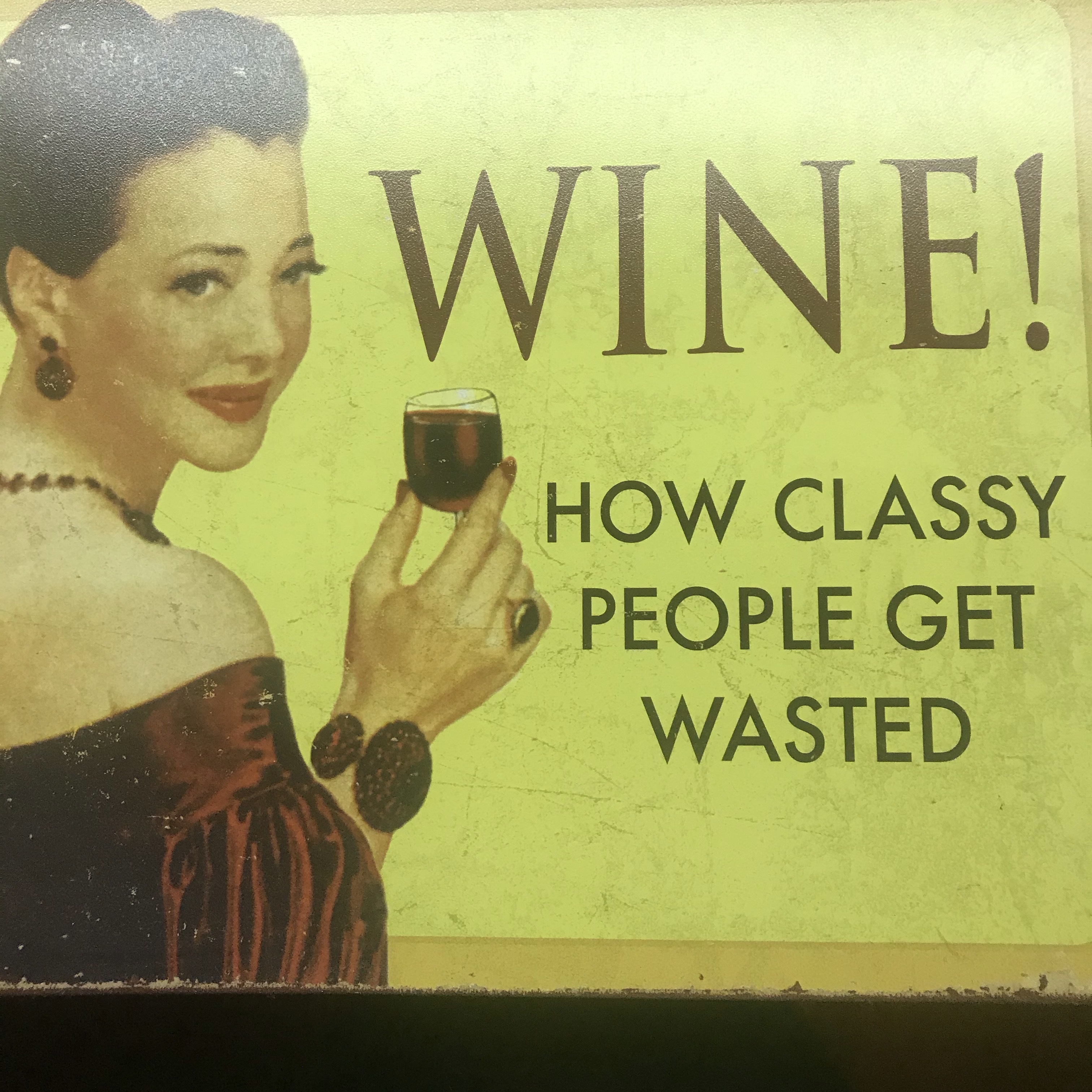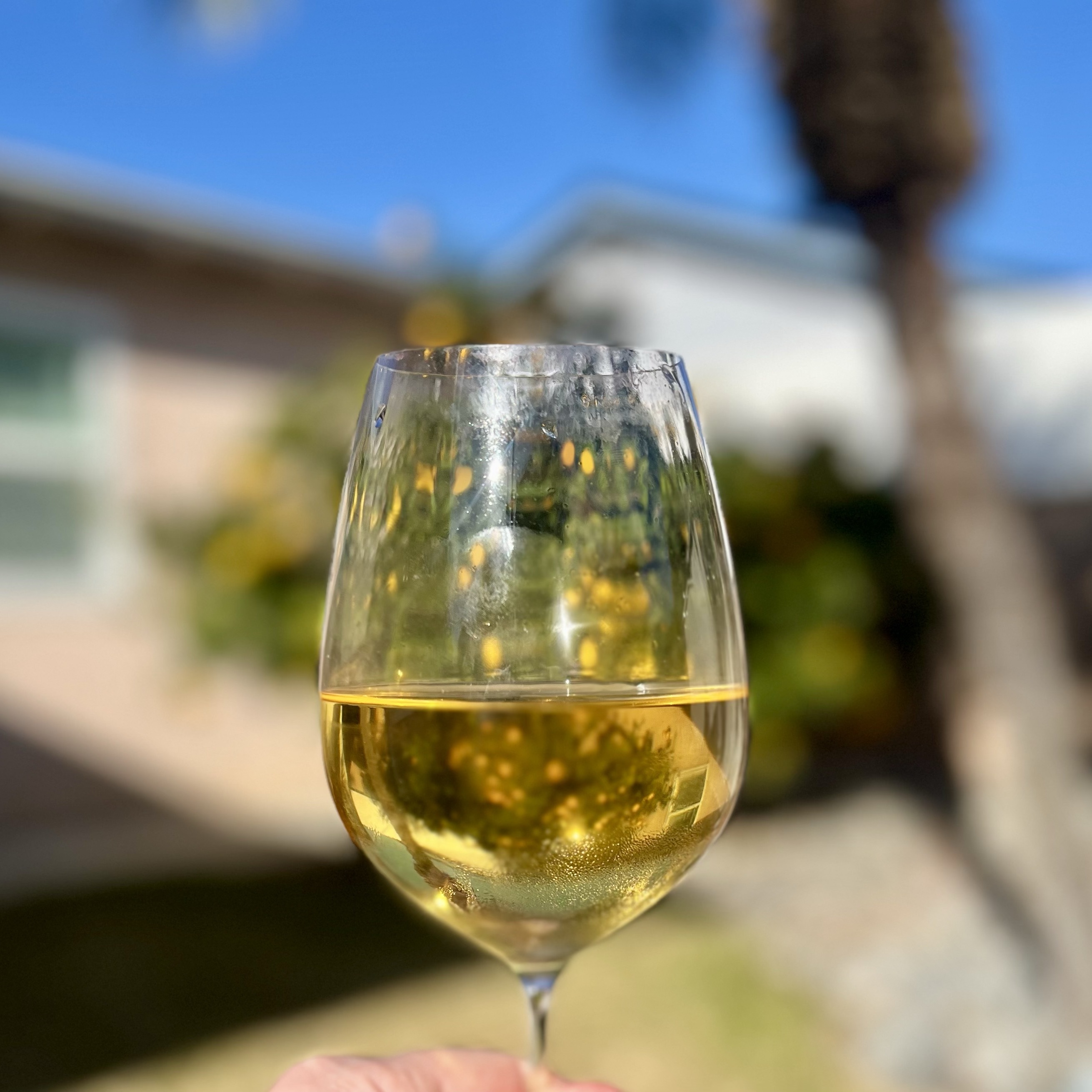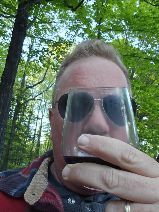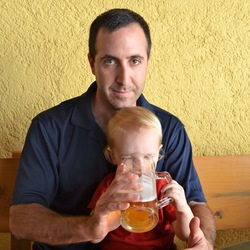Thirty Three Vines
Bodega Marañones
Marañones Garnacha 2020
A step up from their village wine 30,000 Maravedies. 100% Garnacha from old vines from three different plots on mostly granite soils. Aged in oak barrels for 12 months. Less floral, more concentrated than 30.000 Maravedies. Quite serious. — 3 years ago
Château Caronne Ste. Gemme
Haut-Médoc Red Bordeaux Blend 2005
Just needed time, both in storage and decant. Better on the 2nd day
Some historical stuff I found online,
The Chateau Caronne Ste. Gemme property has been making wine since the French Revolution and has existed since the mid 1600's. Now in the hands of the Nony family, who is related to the Borie family of multi-chateau fame, the estate is in excellent hands.
The vines average about thirty years of age and are located in the southwest corner of Saint Julien. The grapes are fermented in cement vats where they also undergo malolactic fermentation. From there they're aged in one third new French oak for one year before bottling. — 3 years ago
Clos Erasmus
Laurel Priorat Garnacha Blend 2018
A blend of younger vines, declassified Clos Erasmus and the remaining Cabernet Sauvignon. In all, 70% Garnacha, 20% Syrah and 10% Cabernet Sauvignon. Indigenous yeasts and matured in a combination of oak vats, concrete, used barriques and amphorae for 16 months. I’ve been somewhat leery of Priorat over the last ten or so years, largely because the wines were overblown for so many years but after getting offered this wine three years in a row, I finally took the advice of my retailer and picked up a couple of bottles. I should have picked up at least a six pack. Poured into a decanter a couple of hours prior to service. Visually, it’s quite a brilliant wine to behold. The deepest of ruby but it’s the way the light reflects off this wine that transfixes the beholder. The nose is drop dead gorgeous, redolent of red cherry fruit with the brightest, freshest of bramble fruit, underbrush, Herbs de Provence, dusty gravel road. The palate displays more cherry and bramble fruit with some Near East spices. Well endowed with structure and a texture to die for. So much verve! This is unbelievably fresh for 15%. This is a wine (and perhaps a region) that I need to pay more attention to. Paired very well with Osso Bucco and saffron risotto. Outstanding now with some air. — 5 years ago
Three Wine Company
Spinelli Vineyard Mataro 2015
128-year-old Mataro vines from the Spinelli Vineyard in Contra Costa County, the dark black fruit aromas and flavors seem unmistakably Californian, quite ripe, still shows lots of structure and old vine intensity, long, lingering finish, last bottle but this is another outstanding wine from Matt Cline!! — 2 months ago



Château Cantemerle
Haut-Médoc Red Bordeaux Blend 2010
Not the team’s I wanted to see, so I’ll just stick to the basics. Went well with some A5 coffee crusted New York Strip, the steak 🥩 is so rich you don’t want to waste it on a fruity wine
The 2010 is a blend of 60% Cabernet Sauvignon, 30% Merlot, 6% Cabernet Franc, and 4% Petit Verdot. The vineyard is situated on deep gravel deposits in the Macau and Ludon villages of the appellation and has 9,600 vines per hectare.
Vinious 93 The 2010 Cantemerle is vigorous and open on the nose, a mixture of red and black fruit with cedar and humidor scents. I admire the focus and detail. The palate is rounded in texture on the entry. This is a plumper, richer, more fruit-driven 2010 with a lush finish on the context of the growing season. You could broach this now, although I would prefer to leave it another three or four years. This is another excellent wine and candidate for most over-performing cru this vintage. Tasted blind at Farr Vintners 10-Year On Bordeaux horizontal. — 4 years ago
Three Wine Company
Contra Costa County Old Vines Zinfandel 2019

Jean-Luc Colombo
Les Ruchets Cornas Syrah 2018
2018 vintage. Massive and overwhelming überripe summer blackberry nose and flavors throughout. Blackberry influence thins out somewhat; replaced by blueberries on the finish. Plenty of raw bacon and menthol flitting about. Equipped with a long, aging cork…was curious about this wine but it’s clearly much too much too soon in the game to tap this. Body initially massive but (d)evolved to sport a polished, nearly pinot-styled weighting after thirty minutes of air time. Need to buy three bottles and revisit in 5, 15 and 30 years. Priorities… — 3 years ago
Domaine Ricard
Pierre á Feu Sauvignon 2019
“Pierre à Feu is sourced from Vincent's thirty year-old Sauvignon Blanc vines that are planted on the silex (flint and clay) soils that extend east from the Cher River. When I asked why he named the wine Pierre à Feu (French for "flint", or literally, "firestone"), Vincent smiled, "The name 'Silex' was already taken," [by Didier Dagueneau's estate, who produces a similar cuvée of Sauvignon grown on flint and clay; however, the cost of one bottle of Domaine Didier Dagueneau "Silex" is about the same as a six-pack of Domaine Ricard Pierre à Feu.]
In the glass, this shimmering pale yellow-gold Sauvignon Blanc reveals enticing aromas of white grapefruit, bergamot, lemon verbena, and gun smoke, along with apricot, green mango, sage and orange oil, as the nose evolves over time. On the palate, the wine is silky, polished, precise and persistent, with a fine core of yellow-green citrus and exotic fruit flavors that echo the nose, all seasoned with its namesake flinty minerality throughout a seemingly endless finish.” — Moore Brothers — 5 years ago








Doug Powers
Spivey, brambley, red fruits, definitely ripe (15.2% ABV), but nicely balanced and with a long, lingering finish, very enjoyable Contra Costa County field blend!! — 2 months ago